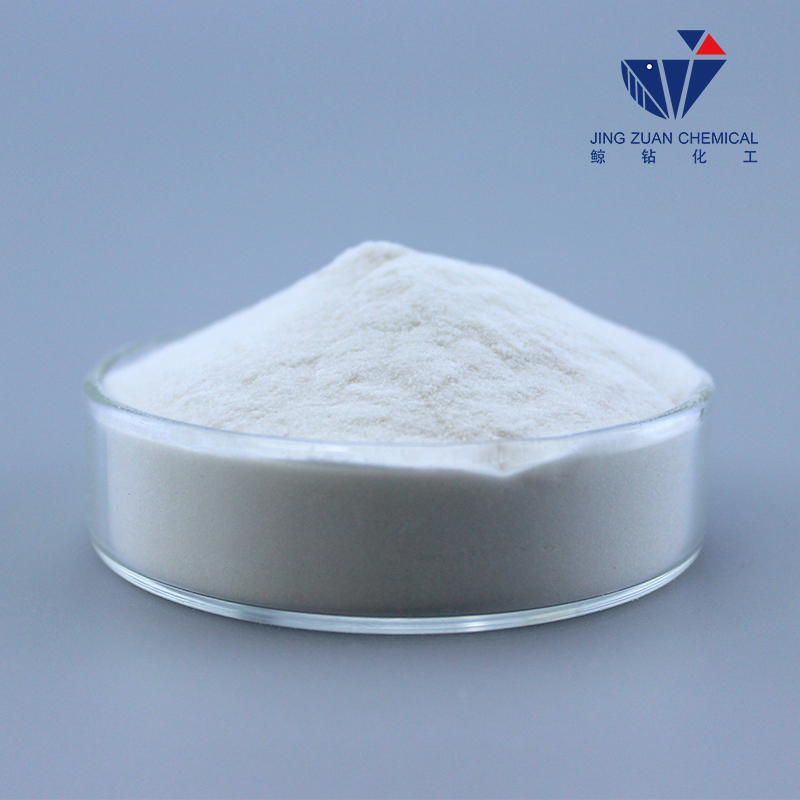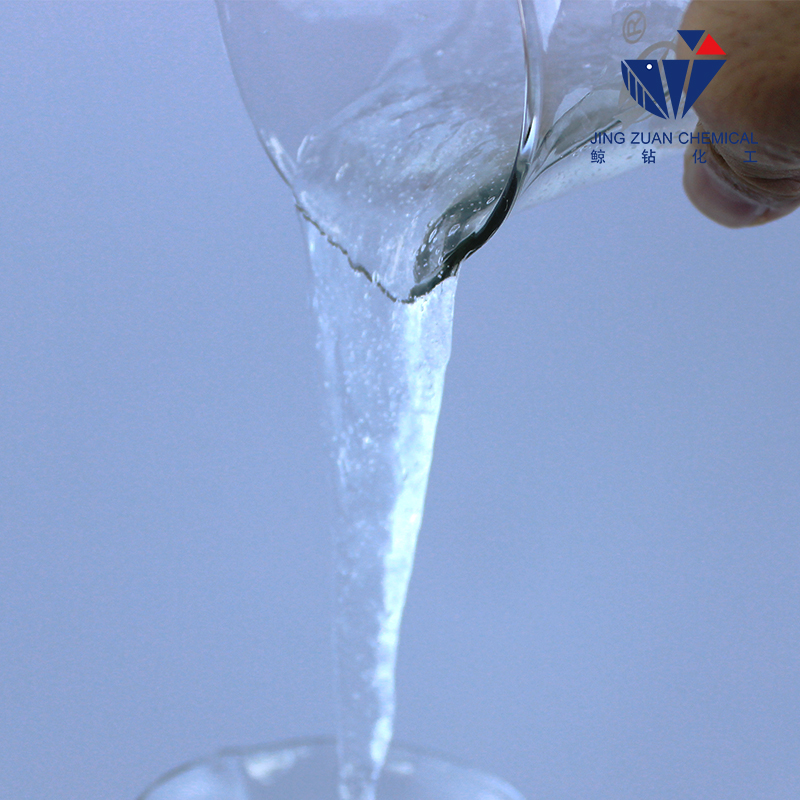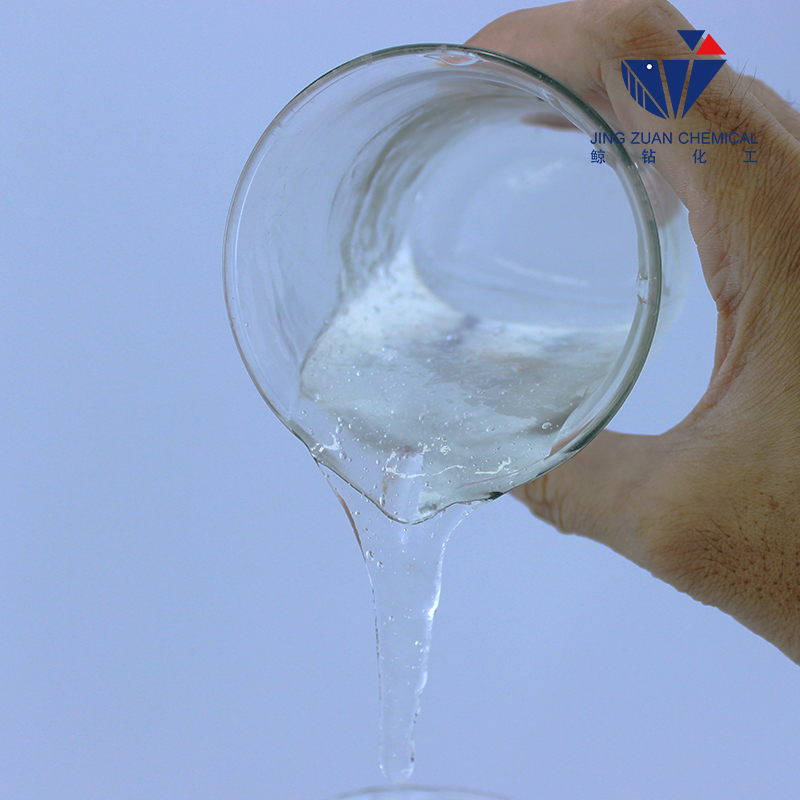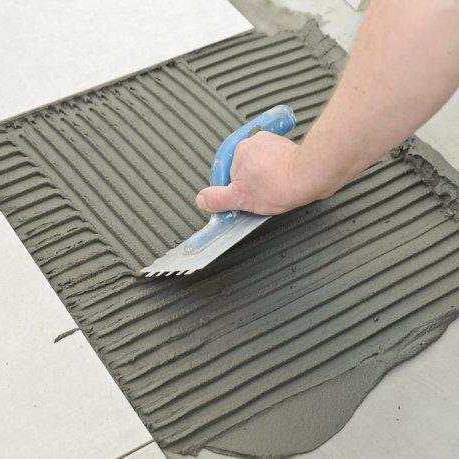
Oct . 19, 2025 13:00 Back to list
Cellosize HEC Thickener – High Viscosity, Fast Dissolving
What buyers really mean when they ask for cellosize hec
In day-to-day sourcing calls, I hear the phrase cellosize hec used as short-hand for high-quality hydroxyethyl cellulose (HEC). It’s a fair proxy: HEC is the go-to nonionic cellulose ether for water-based paints, personal care, oilfield fluids, and detergents. Below, I’ll unpack specs, real-world performance, and how CNJZ Chemical’s HEC stacks up—without the marketing fog.

Product snapshot and industry drift
HEC is hydroxyethylated cellulose: water-soluble, salt-tolerant, and film-friendly. The market is nudging toward cleaner labels (fewer APEO surfactants), better storage stability, and faster dissolution. Demand remains strongest in architectural coatings and shampoo bases—no surprise there.

Technical specifications (CNJZ Chemical HEC)
Origin: NO.1 BUILDING, TECHNOLOGY CERTER, HIGH-TECH ZONE, SHIJIAZHUANG CITY, HEBEI PROVINCE, CHINA
| Property | Typical value (≈, real-world use may vary) |
|---|---|
| Chemical name | Hydroxyethyl cellulose |
| Molecular formula | (C2H6O2)x (cellulosic ether structure) |
| Viscosity (mPa·s) | 50,000–100,000 (Brookfield RV, 2% aq, 25°C, per ASTM D2196) |
| Moisture | ≤5% |
| Residue (Ash) | ≤5% |
| Gel temperature | 62–70°C |
| Shelf life | ≈24 months, cool/dry storage in sealed bags |

Process flow (how it’s made and verified)
- Materials: purified cellulose → alkaline cellulose → etherification with ethylene oxide.
- Methods: slurry etherification, neutralization, washing to low salts, drying, milling, sieving.
- Testing: viscosity by Brookfield (ASTM D2196); moisture (ASTM E203 or oven); ash (ISO 2144); pH in 1% soln; particle size by sieving.
- Quality: suppliers often run ISO 9001 systems; ask for CoA + batch viscosity curves.
Industries served: architectural coatings, personal care (clear shampoos), oilfield (viscosifier), building materials, detergents, inks. To be honest, HEC’s salt tolerance is why it keeps winning in surfactant-heavy systems.

Where it shines (and how to use it)
- Paints/coatings: water retention, sag resistance, improved leveling; compatible with associative thickeners.
- Personal care: clear, smooth flow; nonionic so it plays nicely with anionics in shampoos.
- Oilfield: viscosifies brines; shear-thinning profile helps pumping.
Tip: premix cellosize hec with dry pigments or disperse in glycol/wet the powder, then add to water under strong agitation to avoid fisheyes. Patience matters—full hydration can take 20–45 minutes depending on grade.

Vendor landscape and customization
| Vendor/Brand | Origin | Viscosity grades | Certs (indicative) | Notes |
|---|---|---|---|---|
| CNJZ Chemical HEC | Shijiazhuang, China | ≈5k–100k mPa·s | ISO 9001 (confirm) | Value-performance; custom particle size, surface treatment. |
| Dow Cellosize | Global | Broad portfolio | ISO 9001 | Benchmark consistency; premium pricing. |
| Ashland Natrosol | Global | Multiple grades | ISO 9001 | Strong in coatings/personal care. |
Customization knobs: viscosity window, molar substitution (≈1.5–2.5), particle size for dusting behavior, surface treatment for easier dispersion. Honestly, a small tweak in particle size distribution can save you minutes on hydration.

Case notes and feedback
Coatings SME, Vietnam: switched to cellosize hec-equivalent grade (≈70k mPa·s) and reported 10–15% better sag control at equal KU—likely due to improved water retention in high PVC paints.
Shampoo maker, MENA: chose a clear-grade HEC; clarity stayed >95% transmittance (1% soln, 600 nm) after 8 weeks at 40°C. Small thing, big shelf-appeal.
Advantages (why formulators keep coming back)
- Nonionic: broad surfactant and pigment compatibility.
- Electrolyte tolerance vs. many natural gums.
- Shear-thinning flow, nice brush/roller feel in paints.
- Stable over pH ≈3–11; biodegradable cellulose backbone.
Testing & compliance checklist
- Viscosity: Brookfield RVT, spindle/speed curve per ASTM D2196.
- Moisture: ASTM E203 (KF) or oven method; Ash: ISO 2144.
- Supplier QMS: ISO 9001:2015 (request certificate and scope).
- Safety: SDS review; dust handling and explosion-proof housekeeping as applicable.
Authoritative citations
- ASTM D2196 – Standard Test Method for Rheological Properties of Non-Newtonian Materials.
- ASTM E203 – Standard Test Method for Water Using Karl Fischer Reagent.
- ISO 2144 – Determination of Ash in Paper, Board and Pulps.
- Dow – Cellosize Hydroxyethyl Cellulose Product Literature.
- Ashland – Natrosol Hydroxyethylcellulose Technical Data Sheets.
-
Cellulose Ether | High Purity, Fast Hydration, Stable Flow
NewsNov.17,2025
-
Cellosize HEC Thickener – High Purity, Fast-Dissolving
NewsNov.17,2025
-
Cellulose Ether: High-Purity Liquid Thickener, HEC Cellulose
NewsNov.17,2025
-
VAE Powder (RDP): High Adhesion & Flexibility for Mortars
NewsNov.17,2025
-
Cellulose Ether: High Purity, Fast-Dissolving, Stable Flow
NewsNov.17,2025
-
Cellosize HEC Thickener – High Purity, Fast-Dissolving
NewsNov.11,2025







